Finally, the mysterious bullet-shaped Celera 500L has been officially revealed. The super-efficicient six-person plane might hit skies by 2025 and could revolutionize private travel.


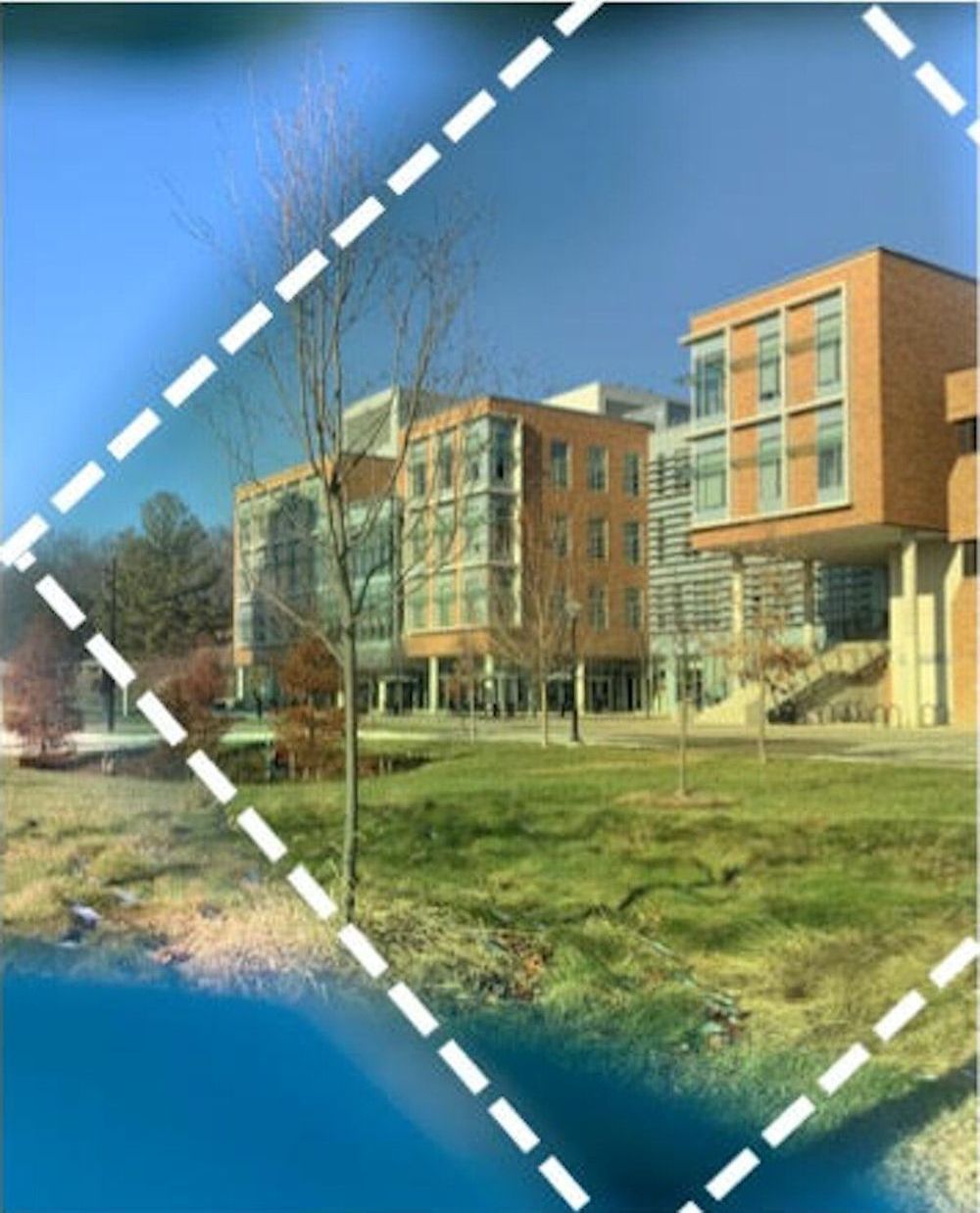
In a step closer to skyscrapers that serve as power sources, a team led by University of Michigan researchers has set a new efficiency record for color-neutral, transparent solar cells.
The team achieved 8.1% efficiency and 43.3% transparency with an organic, or carbon-based, design rather than conventional silicon. While the cells have a slight green tint, they are much more like the gray of sunglasses and automobile windows.
“Windows, which are on the face of every building, are an ideal location for organic solar cells because they offer something silicon can’t, which is a combination of very high efficiency and very high visible transparency,” said Stephen Forrest, the Peter A. Franken Distinguished University Professor of Engineering and Paul G. Goebel Professor of Engineering, who led the research.

The Boring Company’s Las Vegas tunnel will be operational in “only a few months,” according to company frontman Elon Musk, who updated the project’s progress on August 28.
Musk, CEO of the Boring Company, set out to create a new source of transportation in high-traffic areas several years ago while living in Los Angeles. While LA has a private test tunnel in Hawthorne, California, near the Tesla Design Studio and SpaceX Headquarters, Musk wanted to expand upon the idea and move it to other cities.
Las Vegas needed a transportation solution to handle traffic on the Strip, where many of the visitors spend the majority of their time while visiting the Sin City. However, the Las Vegas Convention Center also desired an underground people mover, and the Boring Co. was more than happy to make a $52.5 million bid on the project, which was accepted.
In October 2019, the Boring Company officially opened the construction of the Las Vegas Convention Center tunnel project. By January, the tunnel was nearly 50% complete.
The process of boring tunnels under the LVCC was completed in May, and now the final touches are being put into place before it can be ready to assist in moving thousands of people from location to location in Las Vegas.
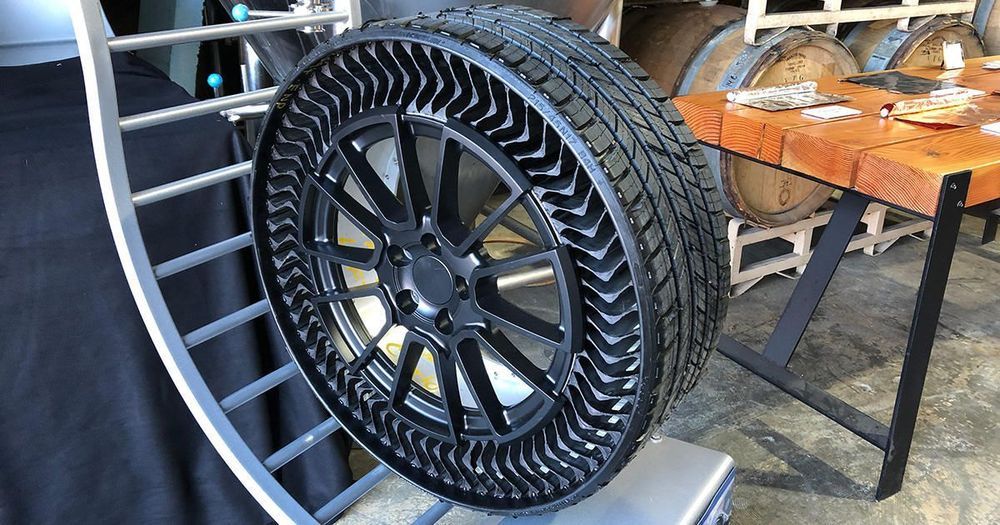
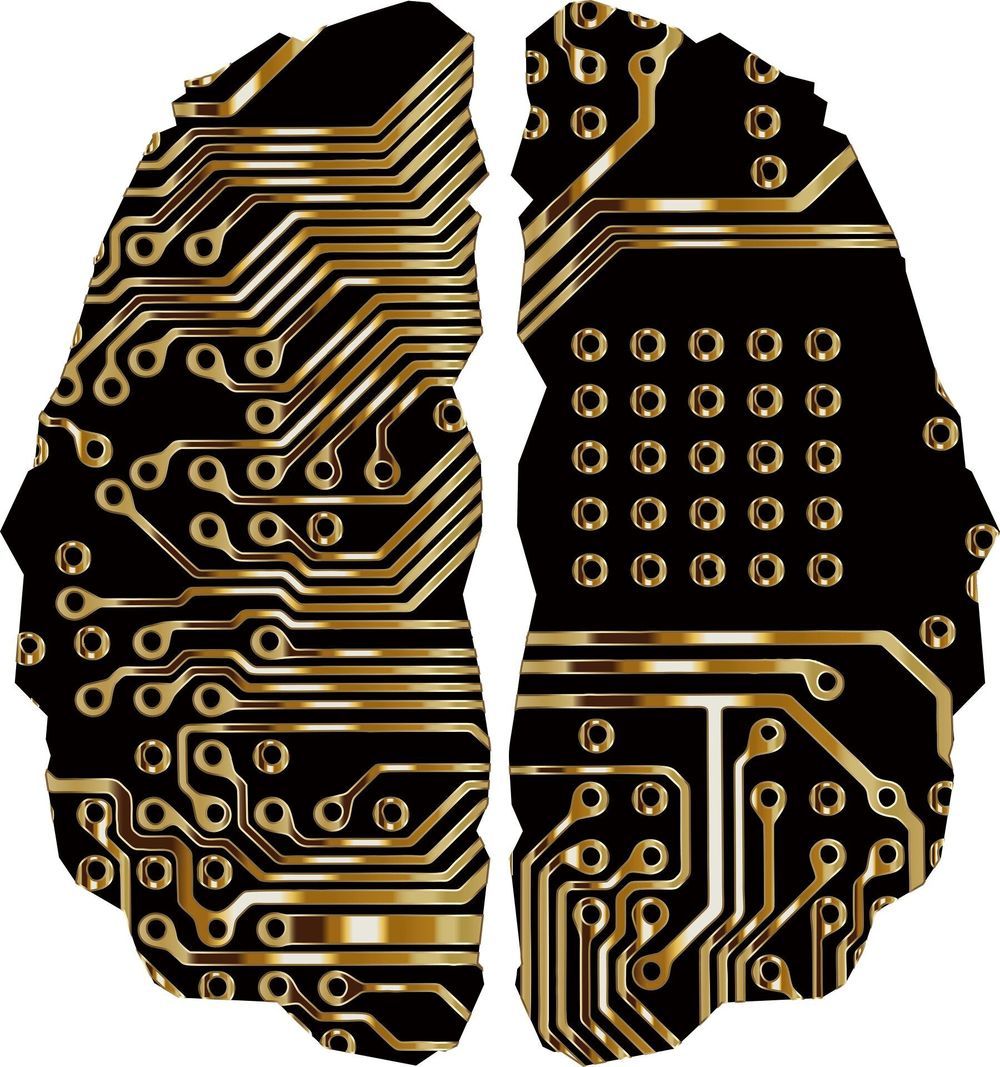
One of the biggest impediments to adoption of new technologies is trust in AI.
Now, a new tool developed by USC Viterbi Engineering researchers generates automatic indicators if data and predictions generated by AI algorithms are trustworthy. Their research paper, “There Is Hope After All: Quantifying Opinion and Trustworthiness in Neural Networks” by Mingxi Cheng, Shahin Nazarian and Paul Bogdan of the USC Cyber Physical Systems Group, was featured in Frontiers in Artificial Intelligence.
Neural networks are a type of artificial intelligence that are modeled after the brain and generate predictions. But can the predictions these neural networks generate be trusted? One of the key barriers to adoption of self-driving cars is that the vehicles need to act as independent decision-makers on auto-pilot and quickly decipher and recognize objects on the road—whether an object is a speed bump, an inanimate object, a pet or a child—and make decisions on how to act if another vehicle is swerving towards it.
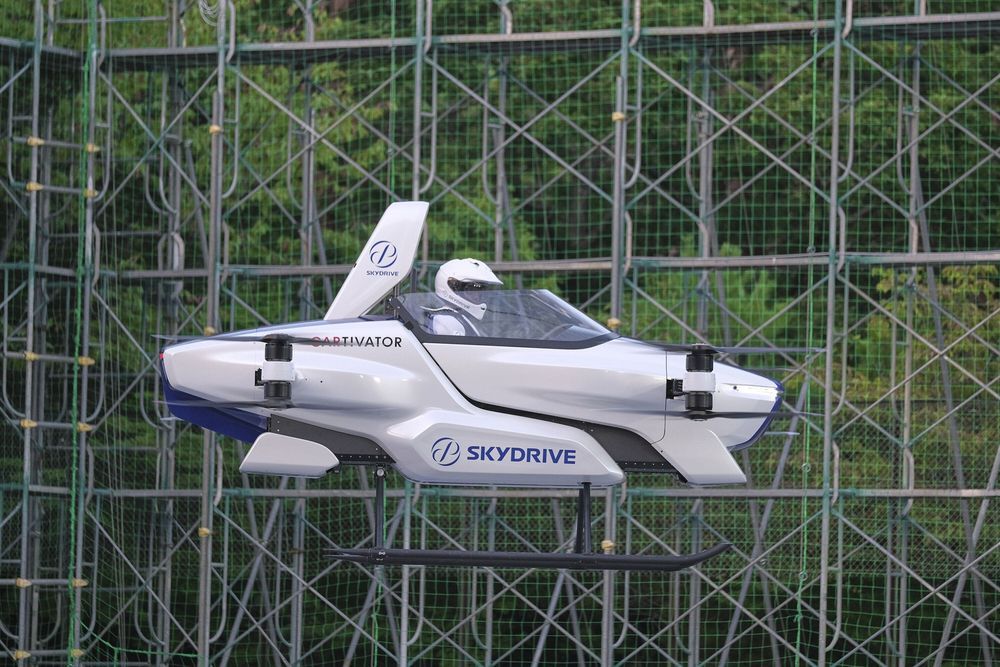
The decades-old dream of zipping around in the sky as simply as driving on highways may be becoming less illusory.
Japan’s SkyDrive Inc., among the myriads of “flying car” projects around the world, has carried out a successful though modest test flight with one person aboard.
In a video shown to reporters on Friday, a contraption that looked like a slick motorcycle with propellers lifted several feet (1−2 meters) off the ground, and hovered in a netted area for four minutes.

« Acording to Electrek, an FBI complaint details how the feds helped foil a plot by Russian hackers to target Tesla’s Nevada Gigafactory with a massive ransomware hack and data breach.
It’s worth noting that the complaint itself never explicitly says that the target of the hack was Tesla, though its Gigafactory is located outside Sparks, Nevada. Electrek, though, is reporting as fact that Tesla is the target. We’ve reached out to Tesla for additional information and we’ll update if any new info comes to light. »
Intriguingly, it sounds as though the hackers weren’t just after ransom.

Reliable Robotics, a startup developing autonomous flight technologies, this week emerged from stealth with $33.5 million in venture capital funding. Cofounder and CEO Robert Rose says the funds will be used to scale production of the company’s products and bring on new engineering talent.
Aviation companies pursuing autonomous transportation include Uber, Boeing, and Honeywell. According to management consulting firm Oliver Wyman, replacing single-pilot operations with autonomous planes could save airlines as much as $60 billion annually. Pandemic headwinds have only reinvigorated the search for cost-cutting opportunities, as Statista estimates airlines will lose at least $314 billion in revenue in 2020.
Looking to expedite their path to market, companies like Xwing, Airbus, and Elroy Air have explored retrofitting existing aircraft rather than developing hardware from scratch. Reliable Robotics, which was founded in 2017 by Rose and VP of engineering Juerg Frefel, aims to develop a platform that imbues any fixed-wing plane with autonomous capabilities.
California company NDB says its nano-diamond batteries will absolutely upend the energy equation, acting like tiny nuclear generators. They will blow any energy density comparison out of the water, lasting anywhere from a decade to 28,000 years without ever needing a charge. They will offer higher power density than lithium-ion. They will be nigh-on indestructible and totally safe in an electric car crash. And in some applications, like electric cars, they stand to be considerably cheaper than current lithium-ion packs despite their huge advantages.
The heart of each cell is a small piece of recycled nuclear waste. NDB uses graphite nuclear reactor parts that have absorbed radiation from nuclear fuel rods and have themselves become radioactive. Untreated, it’s high-grade nuclear waste: dangerous, difficult and expensive to store, with a very long half-life.
This graphite is rich in the carbon-14 radioisotope, which undergoes beta decay into nitrogen, releasing an anti-neutrino and a beta decay electron in the process. NDB takes this graphite, purifies it and uses it to create tiny carbon-14 diamonds. The diamond structure acts as a semiconductor and heat sink, collecting the charge and transporting it out. Completely encasing the radioactive carbon-14 diamond is a layer of cheap, non-radioactive, lab-created carbon-12 diamond, which contains the energetic particles, prevents radiation leaks and acts as a super-hard protective and tamper-proof layer.
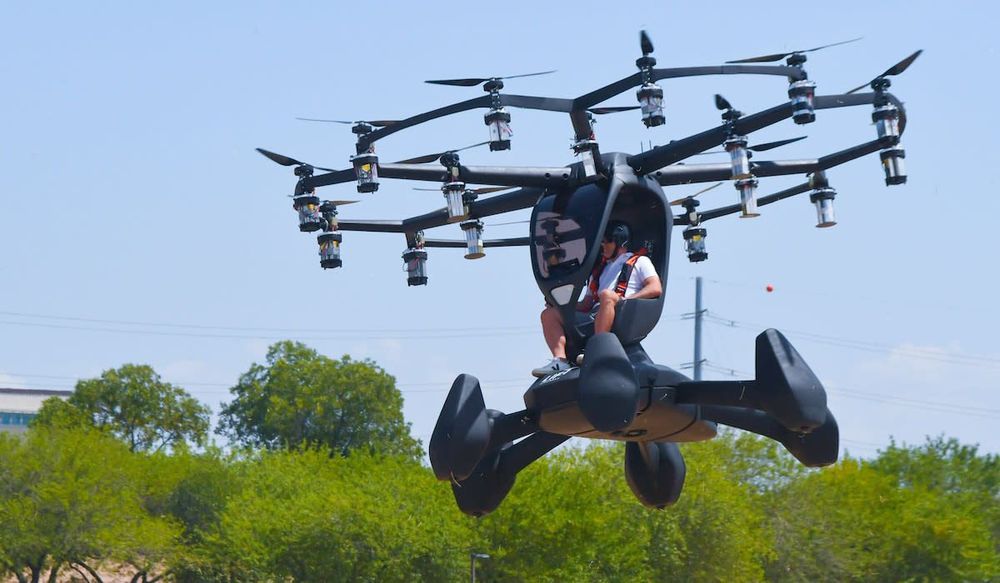
The Air Force is on the hunt for a Jetsons–style flying car, and service officials just got an eyeful of one of their very first prototypes.
Secretary of the Air Force Barbara Barrett, Air Force Chief of Staff Gen. Charles Q. Brown, Jr., and Chief Master Sgt. of the Air Force JoAnne S. Bass were among the officials present for the first Agility Prime electric vertical takeoff and landing flight (eVTOL) flight demonstration at Camp Mabry on Aug. 20.